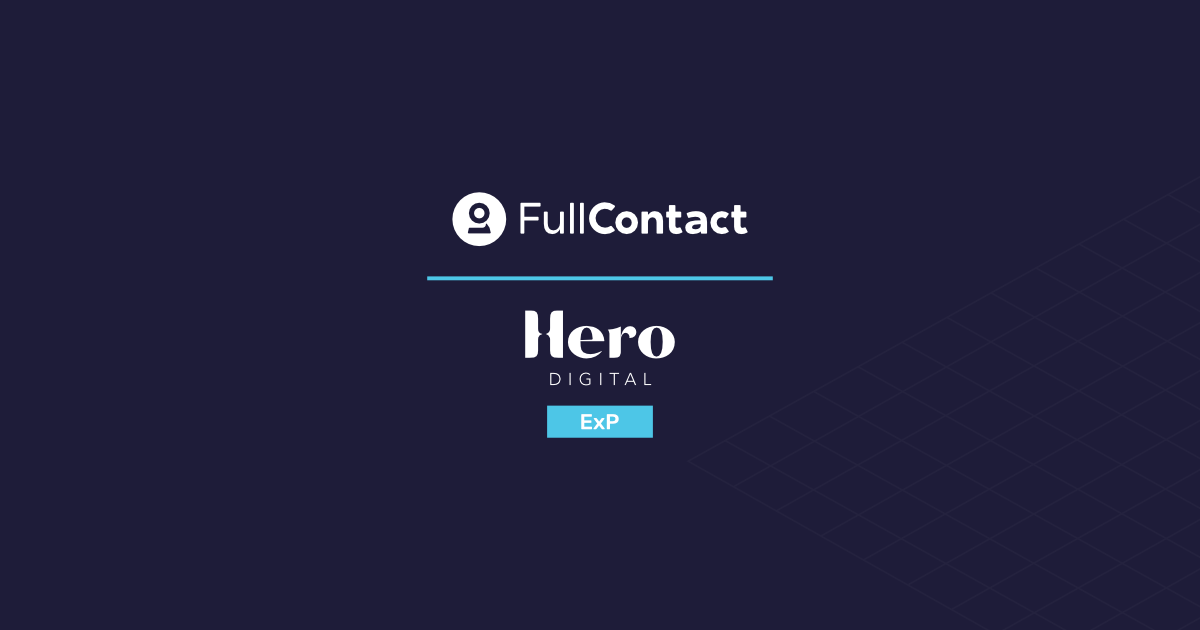Marketing organizations are increasingly more effective in creating targeted and personalized content. Using data and insights about each user, we are capable of tailoring content to users based on what we believe they need to satisfy the next step in their buying journey. Additionally, the cost and complexity of providing richer content, including infographics, continue to fall.
That’s good news from a brand perspective: It’s easier than ever to do content marketing. But it also means that it’s harder than ever to do effective content marketing. The trick is creating content that’s of real value to your customers.
We now have a deluge of content coming at buyers from all angles, and they are beginning to develop “content blindness.” Content blindness, like banner blindness, occurs when audiences tune out the content as noise they consider offering little value. As buyers become more familiar with approaches to content—and as those approaches become commonplace—it is increasingly difficult to capture interest. Content like infographics and story graphics gained in popularity for a while because they were unique, and good ones delivered arresting visuals that caused audiences to stop and take notice. But these graphics are no longer new. They need to be well crafted and relevant to work now, just like the rest of your content. Similar to white papers and slide shows, buyers recognize these visuals now, and will quickly overlook them if they do not see an immediate and obvious benefit.
That doesn’t mean the infographic is dead, or that there’s no way to cut through the noise and reach your customers. In fact, there’s a key tool that your marketing team is likely not leveraging: user data. While marketers continue to pump out highly polished illustrations of questionable value, their organizations keep the real insights secret, which is a big missed opportunity.
Data-driven content, not just distribution
Currently, marketers primarily use data to develop sophisticated segmentation and targeting strategies. They mine data across channels and deploy data management platforms to append deeper insights, all to create what is believed to be the optimal consumer journey. But one of the most-often overlooked uses of data is to leverage it for the buyer’s direct benefit. Most companies possess a tremendous amount of information on how customers use their products and how they realize the most value from their products. This data is the type of information that can be used to create content that will captivate audiences and compel them to open a real dialog.
An excellent example is General Electric’s Turbine optimization calculator. No one has GE’s depth of knowledge in power generation. Instead of keeping its insights secret, GE offers a simple interactive interface that helps customers conduct a quick, yet highly personalized assessment to optimize their turbine equipment. While the company is not divulging any highly confidential information, it offers useful information in a format that empowers site visitors. Compare this approach to a canned and static infographic highlighting ways to optimize turbine performance. Visitors would consider such a picture no more than a brochure and move on. Instead, with a tool that targets them directly, they are armed with questions and information that then serves as the foundation for a discussion with GE sales representatives.
Consider adding data visualization as a new tool to your content marketing. Typically used internally for management, the same approach can draw in prospects and support customers. With a little thinking and ingenuity, virtually anything can be visualized. Not all companies have SaaS applications or Internet-connected devices, but everyone is collecting, or can collect, data that customers can use to power their decisions.
From call centers to unstructured email, insights abound for how customers use products and services and what features they seek next. While leading brands are adept at collecting and normalizing this information to drive customer experience strategies and execution, few are tapping these insights to create engaging content.
Let your help desk help you
Even in the most complex industries, customers and prospects first search online support sites for information to solve problems. And in fact, many of our clients’ support-site traffic represents as much as 20% pre-sales activities as their prospects seek answers to questions before they commit to purchasing. Capturing this behavior and creating a visual on topics such as top questions by the month, day or even hour demonstrates transparency while helping serve customers efficiently. Make it easy to share and let your visitors generate more interested audiences organically.
Start with your customers
There is no substitute for direct customer dialog. Whether your company is digital-only or a venerable industrial firm, you should regularly engage in voice-of-the-customer (VOC) research. Find out what questions your current and prospective customers ask most. Additionally, your customer-care organization likely possesses invaluable and unfiltered insights into how your customers use your products. Collaborate with them and the sales organization to complete the customer picture and create better content.
Building a content visualization plan
Armed with the knowledge of what your customers and other audiences want to know most, you can begin planning your response via content.
Follow these steps to develop your content visualization plan:
1. Ask
Begin by examining the results of your VOC research:
- Who are the real users of the product?
- What features do they use most?
- What events or patterns indicate a deeper use of the product?
- When are they most likely to switch or reduce their use?
- What can we do to make our product even more useful?
While every organization’s questions are unique, the approach is the same. If you understand the key patterns, you can create visualizations that matter.
2. Organize
Determine which insights you can categorize, then map them to the customer journey. Organizing the insights allows you to create a content plan based on the data and what’s most relevant to your key audiences. This step also sets the stage for creating data visualizations.
3. Synthesize
Distill the approach into a small and manageable set of streams that you can continue to support. The best visualization tools for content marketing are those that are evergreen in their design yet continually refreshed or updated as the market and use cases evolve.
4. Launch and measure
It sounds pretty obvious, but make sure you define and implement success metrics for the visualization. You will want to understand not only if your content visualization draws audiences, but also how effectively the solution drives behaviors you can monetize.
Before launching, create measurable KPIs and share them with those who will need to support the approach going forward. Determine how you’ll disseminate the metrics and what you’ll do with the data as it becomes available. Once launched and measured, begin refining a sustainable content visualization strategy.
—
Learn more about how data analytics bring power to your content strategy, or contact us to get started with content and data visualization.






